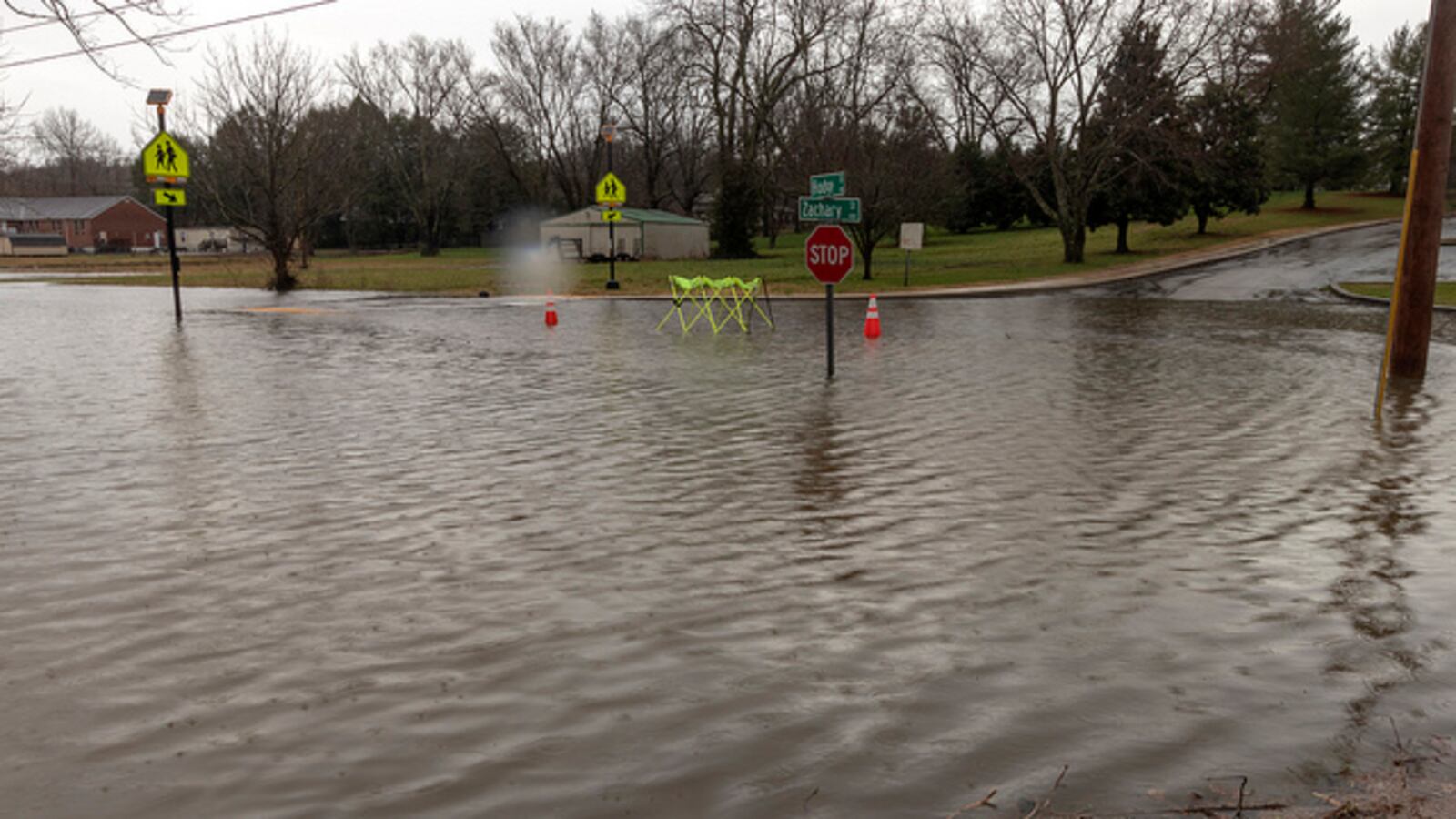First, an overloaded computer platform derailed Tennessee’s online testing program. Then students struggled to complete their year-end exams because of software bugs and even a fiber optic cable that was severed by a dump truck.
Now as the state tries to get testing right in the fourth year of the TNReady assessment era, it faces several new challenges: flooding and the flu.
About 80,000 students in 83 districts had been scheduled to participate in a statewide online testing simulation on Feb. 21 after months of coordination with the state education department and its testing company, Questar. But forces of nature prevented more than half of those students from logging on that morning to take practice tests on the state’s platform.
The disappointing turnout means a second simulation is now scheduled for March 8. It also represents the latest hurdle in Tennessee’s quest to administer and score its state assessment cleanly for the first time since transitioning to online exams in 2016.
The so-called “verification test” was ordered last year by then-Education Commissioner Candice McQueen as a precaution to ensure that Questar has fixed the glitches that contributed to widespread technical testing snafus and disruptions last spring.
Unfortunately, days of heavy rains and subsequent flooding conditions forced at least 14 districts to cancel classes on the day of the simulation. That was on top of large numbers of illness-related student absences already plaguing schools.
Among those closed was Rutherford County Schools, one of the state’s largest districts, which signed up for about 2,500 students in 20 high schools to participate in the trial run.
Other systems like Hamilton County Schools also didn’t take part after delaying the start of school by several hours that day. The Chattanooga-based district had planned to have 900 students in nine high schools participate in the 40-minute simulation.
The state proceeded with its trial run as planned, and Questar Chief Operating Officer Brad Baumgartner told Chalkbeat afterward that the online system “performed as expected.”
However, state officials acknowledged later that the pool of participants wasn’t large enough to accurately simulate conditions that will exist when TNReady testing officially begins on the morning of April 15 across two time zones.
“The platform performed as expected and the server data looked good, but because of lower than anticipated participation, we did not get to verify the platform for spring testing load expectations,” said Chandler Hopper, a spokeswoman for the state.
Tennessee is now planning a “second, more targeted verification test in the near future,” said Hopper, adding on Monday that the date hasn’t been decided yet.
A similar mock test was conducted last fall before about 30,000 high school students on nontraditional schedules successfully took their exams online after Thanksgiving.
But this spring will be the real test, when significantly more high school students will take TNReady using a computer or other digital device. Because of last year’s testing problems in high schools and some middle schools, only high school students will test online this school year.
Editor’s note: This story has been updated to include the scheduled date for the second simulation test.

